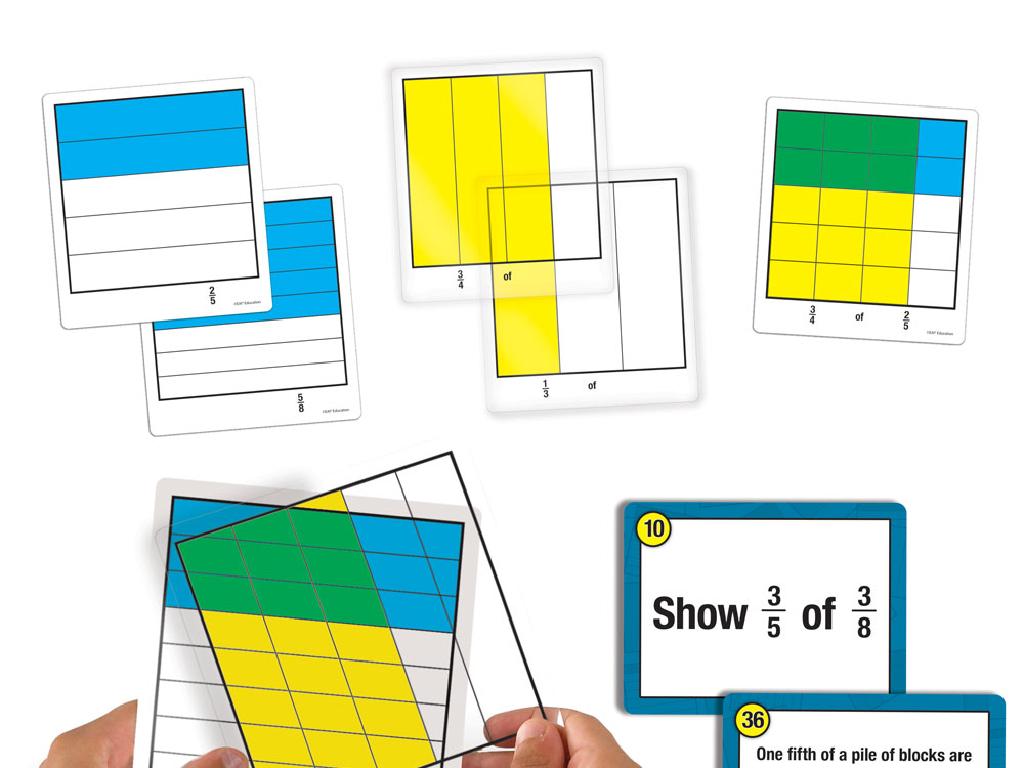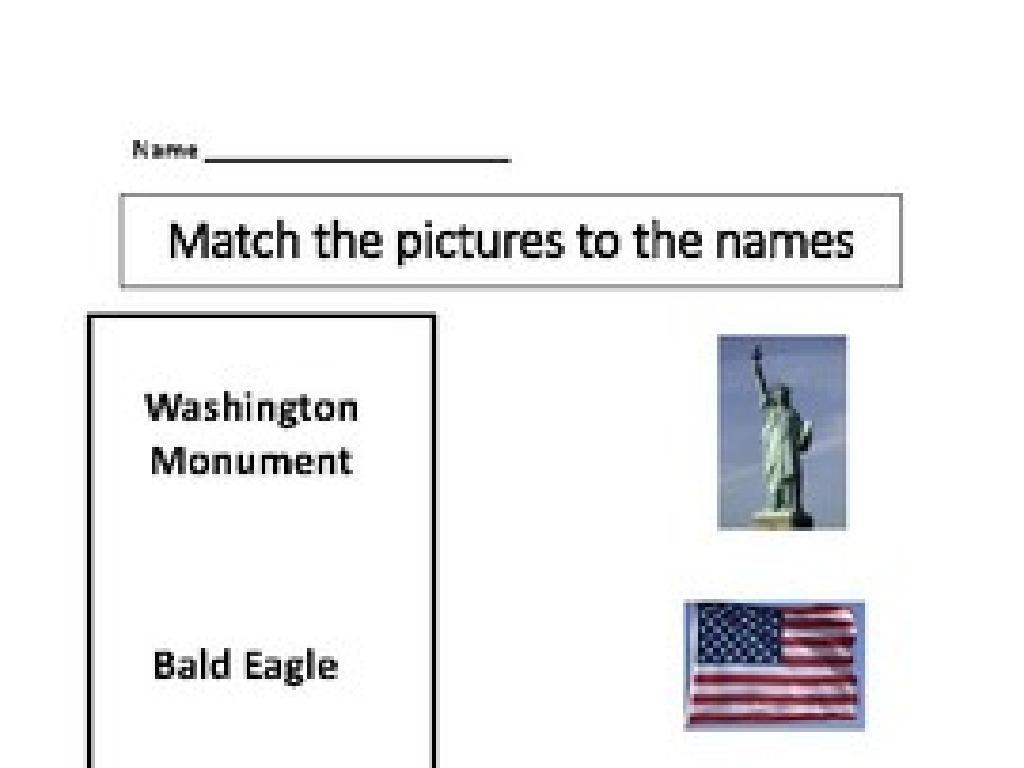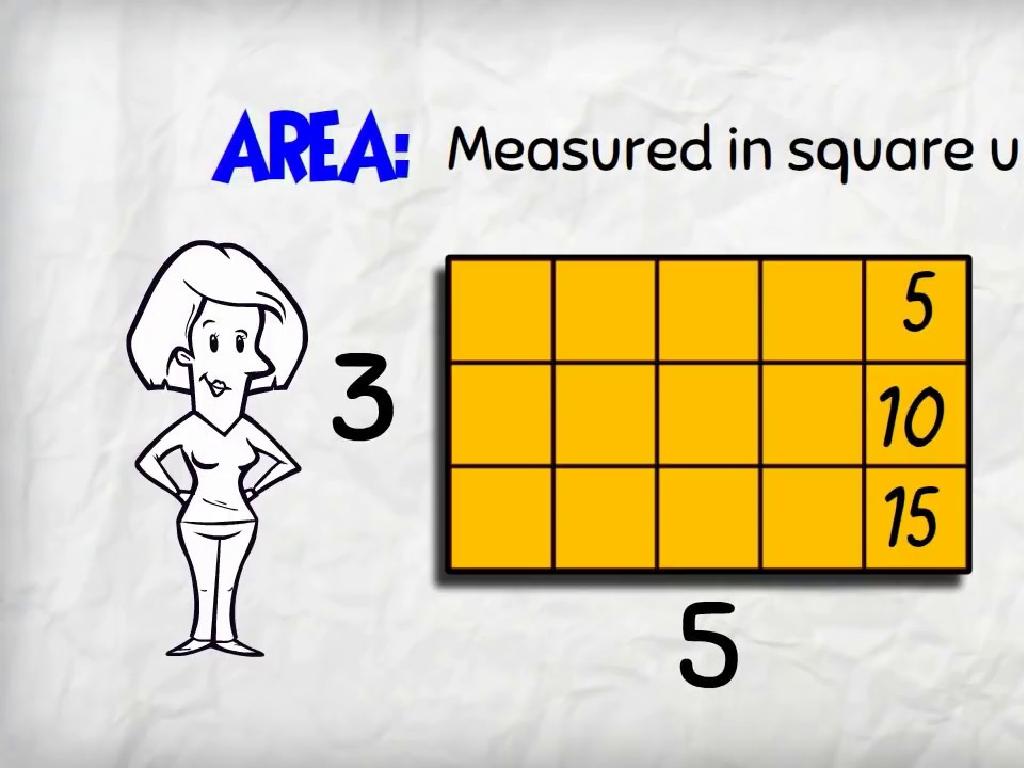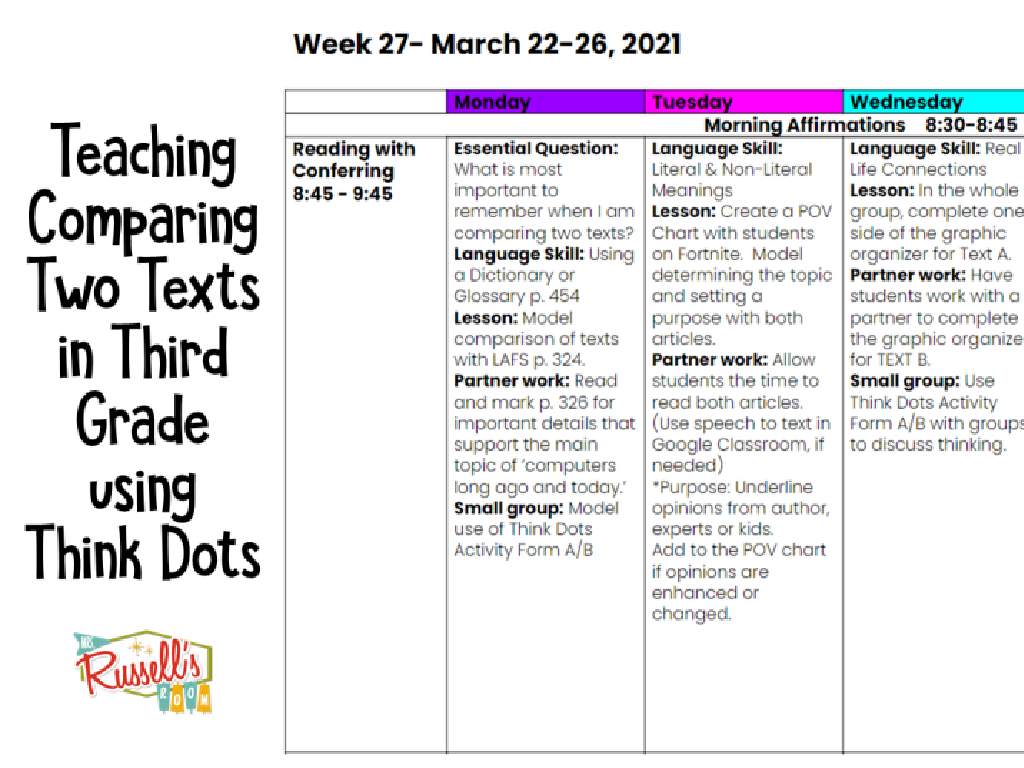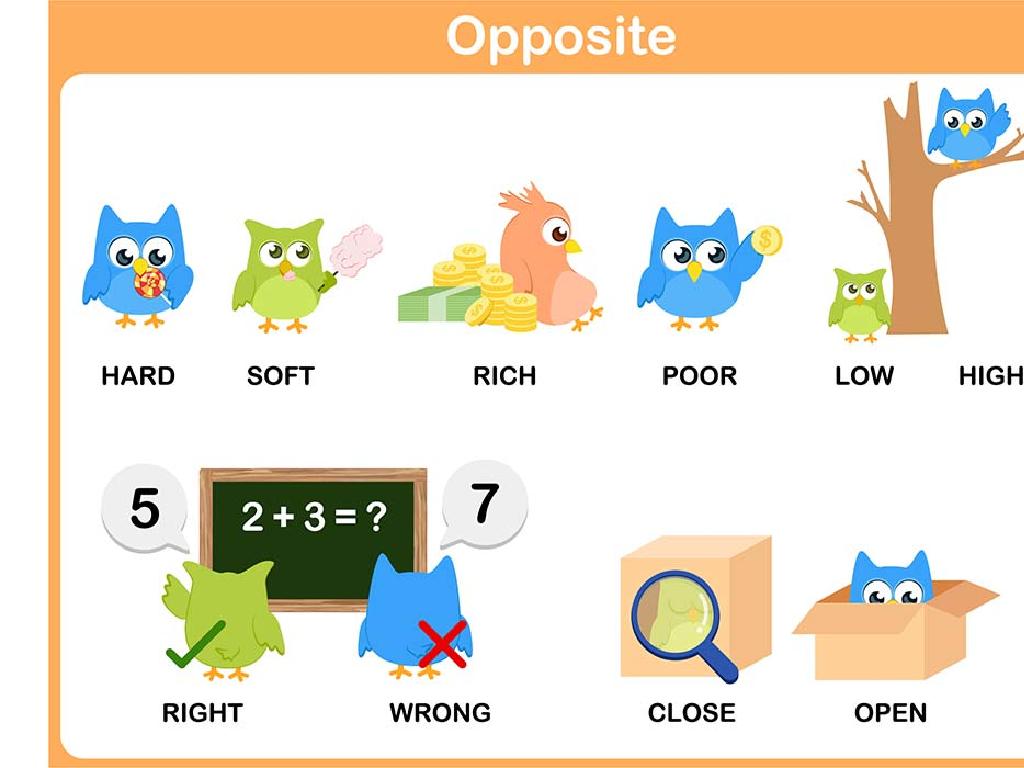Multiple-Meaning Words With Pictures
Subject: Language arts
Grade: Second grade
Topic: Homophones
Please LOG IN to download the presentation. Access is available to registered users only.
View More Content
Welcome to Homophones!
– Discovering Homophones
– Same sound, different meanings
– Words that are pronounced the same but have different meanings and/or spellings.
– Examples of homophones
– ‘Pair’ (a set of two) and ‘pear’ (a fruit), ‘sea’ (large body of water) and ‘see’ (to view with your eyes).
– Class participation
– Think of words that sound the same as your friend’s name or favorite toy!
|
This slide introduces the concept of homophones to second-grade students. Begin by explaining that homophones are words that sound exactly the same when we say them, but they have different meanings and can be spelled differently. Encourage the students to actively participate by asking if they can think of any words that sound alike. This will help them become engaged and interested in the topic. Provide a couple of examples to help them understand the concept. As an activity, you can ask students to find objects in the classroom that have homophones and share them with the class. This interactive approach will help reinforce their understanding of homophones in a fun and memorable way.
Exploring Multiple-Meaning Words
– What are multiple-meaning words?
– Words with more than one meaning
– Homophones as multiple-meaning words
– Words that sound the same but have different meanings
– Examples of multiple-meaning words
– ‘Bat’ can mean a flying mammal or a baseball club
– Understanding through pictures
– Visual aids help distinguish different meanings
|
This slide introduces the concept of multiple-meaning words to second graders, emphasizing that a single word can have different meanings depending on the context. Highlight the connection between multiple-meaning words and homophones, which are words that sound alike but have different meanings and sometimes different spellings. Provide clear examples, such as the word ‘bat,’ which can refer to both a flying mammal and a piece of sports equipment. Use pictures to illustrate the different meanings, as visual learning is very effective at this grade level. Encourage students to think of other multiple-meaning words and how context gives us clues about which meaning is intended. This will set the foundation for more in-depth exploration and activities related to homophones and context clues.
Exploring Homophones: ‘Bark’
– ‘Bark’ has multiple meanings
– A homophone is a word that is pronounced the same as another word but differs in meaning.
– One meaning is a dog’s sound
– Think of a dog barking: ‘Woof woof!’
– Another is tree’s outer layer
– Imagine touching the rough surface of a tree trunk.
– Create sentences with both meanings
– Try using ‘bark’ in two ways: ‘The dog’s bark was loud.’ and ‘The tree’s bark was rough.’
|
This slide introduces the concept of homophones using the word ‘bark’ as an example. It’s important to explain that homophones are words that sound the same but have different meanings and sometimes different spellings. Use pictures to illustrate the two meanings of ‘bark’ to help students differentiate them. Encourage the students to come up with their own sentences for each meaning of ‘bark’. This activity will help them understand how context can change the meaning of a word and enhance their vocabulary skills.
Exploring Homophones: ‘Bat’
– ‘Bat’ as a flying animal
– A bat is a nocturnal mammal with wings.
– ‘Bat’ as baseball equipment
– A bat is used to hit the ball in games like baseball.
– Create sentences with both meanings
– Understanding through pictures
– Visual aids help distinguish the meanings.
|
This slide introduces the concept of homophones using the word ‘bat’ as an example. Explain that homophones are words that sound the same but have different meanings and sometimes different spellings. Show pictures of both meanings of ‘bat’ to help students visualize the differences. Encourage students to come up with their own sentences using ‘bat’ in both contexts. For example, ‘The bat flew silently in the night sky,’ and ‘He swung the bat and hit a home run.’ Use images to reinforce the distinct meanings and help students connect the word to the correct context. This activity will enhance their vocabulary and comprehension skills.
Exploring Homophones: ‘Seal’
– ‘Seal’ as a sea animal
– A seal is a playful animal in the ocean.
– ‘Seal’ means closing tightly
– When you seal an envelope, nothing can get in.
– Create sentences with both meanings
– ‘I saw a seal.’ and ‘Seal the jar properly.’
|
This slide introduces the concept of homophones using the word ‘seal’ as an example. Homophones are words that sound the same but have different meanings and sometimes different spellings. The first meaning of ‘seal’ refers to the marine mammal known for its playfulness and aquatic abilities. The second meaning is a verb that describes closing something securely. Encourage students to think of their own sentences using both meanings of ‘seal.’ This activity will help them understand how context can change the meaning of a word. For the next class, students can draw pictures of each meaning or bring examples of objects that can be sealed.
Practice Time: Multiple-Meaning Words
– Find a word with multiple meanings
– Draw each meaning of the word
– Use your creativity for each picture
– Get ready to present your word
– Share your drawings with the class
– Explain how each picture represents a different meaning
|
This slide is for a class activity where students will engage with the concept of multiple-meaning words by identifying a word that has more than one meaning. They will then draw a picture representing each meaning of the word. This activity helps students understand that the same word can have different meanings in different contexts. Encourage students to think creatively and come up with clear, distinct representations for each meaning. When sharing with the class, prompt them to explain their drawings and how they relate to the meanings of the word. This will foster communication skills and reinforce their understanding of homophones and multiple-meaning words.
Class Activity: Homophone Pictionary
– We’re playing Homophone Pictionary!
– Draw homophones for friends to guess
– Think of ‘pair’ and ‘pear’, can you draw them?
– Words sound the same, meanings differ
– Like ‘sun’ (in the sky) and ‘son’ (a child)
– Let’s learn and have fun!
|
This activity is designed to help second graders understand homophones through a fun and interactive game. Prepare a list of homophone pairs suitable for their level, such as ‘flower’ and ‘flour’, ‘blue’ and ‘blew’, ‘knight’ and ‘night’. Explain that homophones are words that sound the same but have different meanings and often different spellings. Set up the classroom for Pictionary, ensuring each student has drawing materials. Students will take turns drawing while others guess the word. After the correct guess, discuss the different meanings of the homophones. This will reinforce their vocabulary and spelling skills in a playful manner.
Wrapping Up Homophones!
– Congratulations on learning homophones!
– Understanding them improves reading and writing
– Knowing these words helps us understand context better.
– Practice by listening in daily conversations
– Homophones are often used in jokes or word play.
– Excited for more Language Arts fun!
|
This slide is meant to congratulate the students on their hard work learning about homophones and to reinforce the importance of understanding multiple-meaning words. Emphasize how this knowledge can enhance their reading comprehension and writing clarity. Encourage them to keep an ear out for homophones in conversations, songs, and stories as a way to practice. Let them know that their learning journey will continue and that there’s much more to explore and enjoy in Language Arts.

